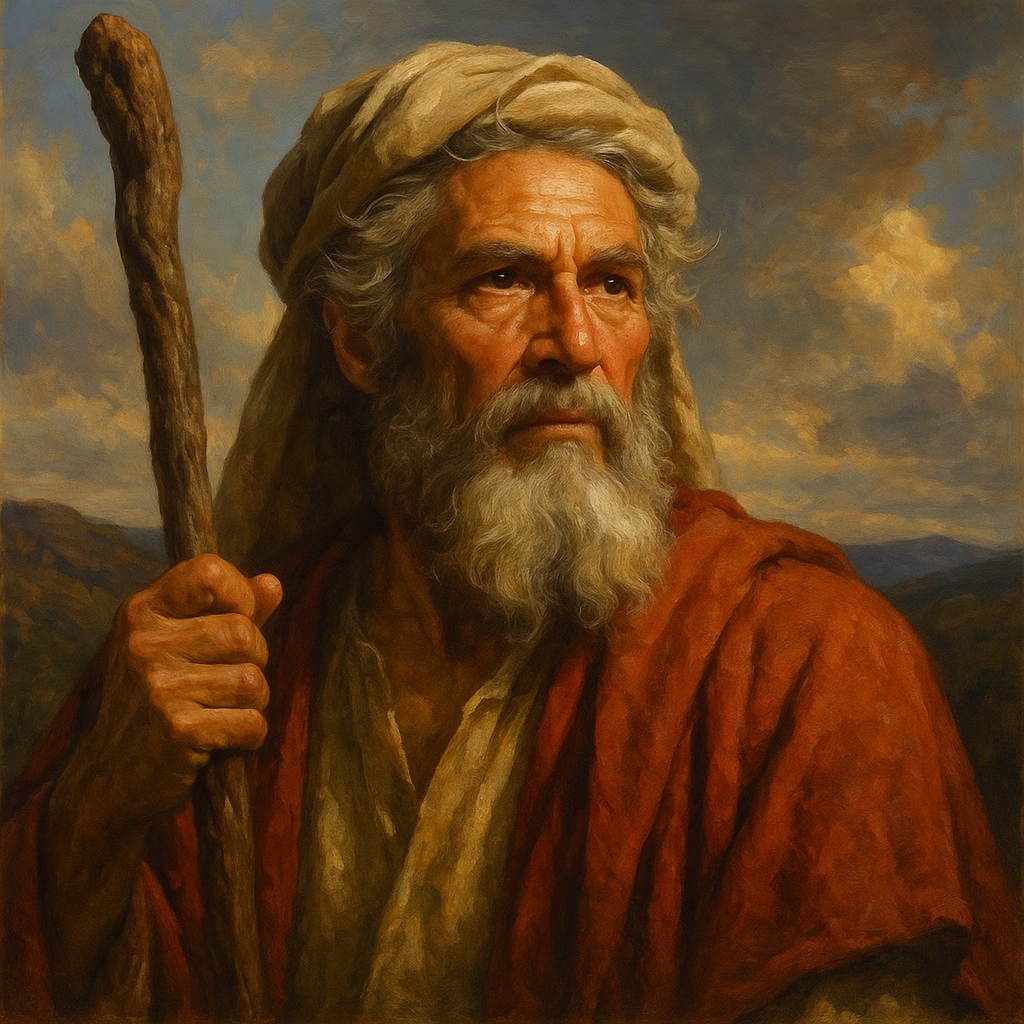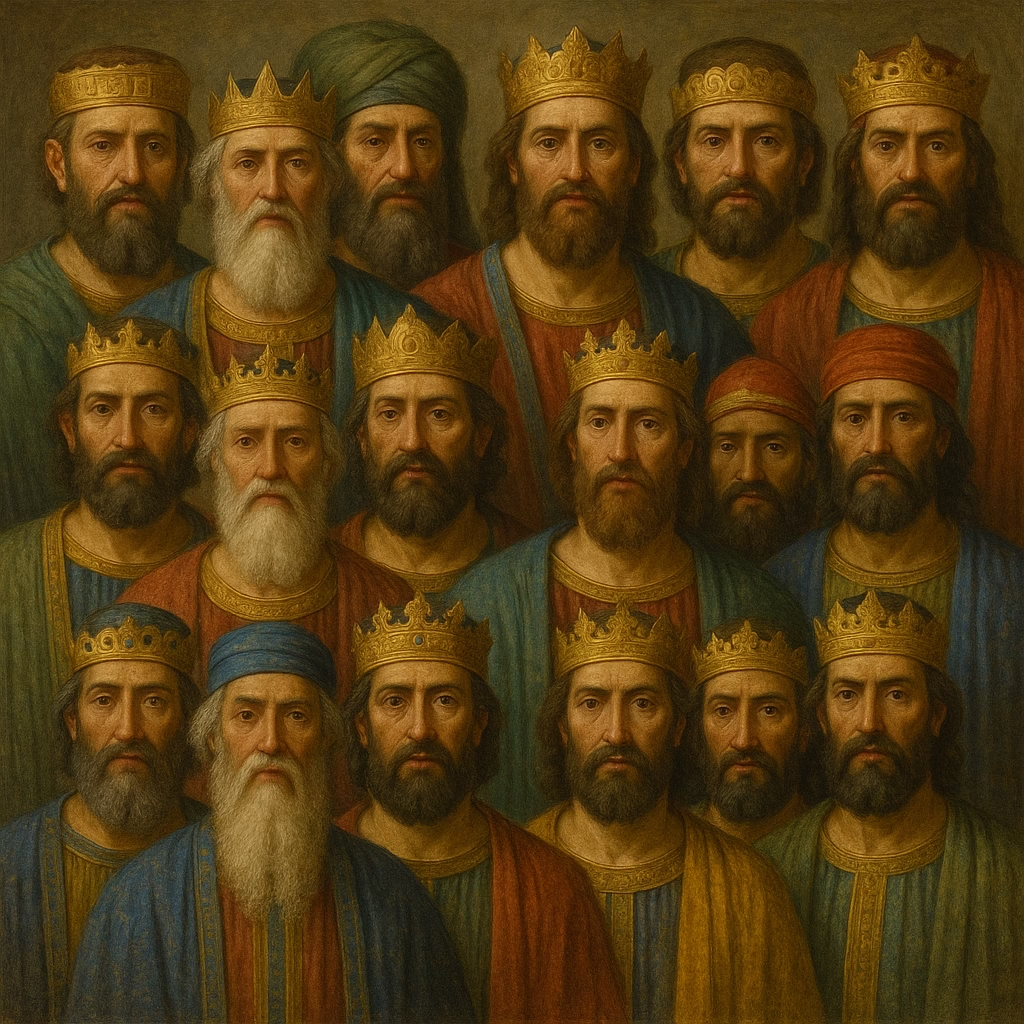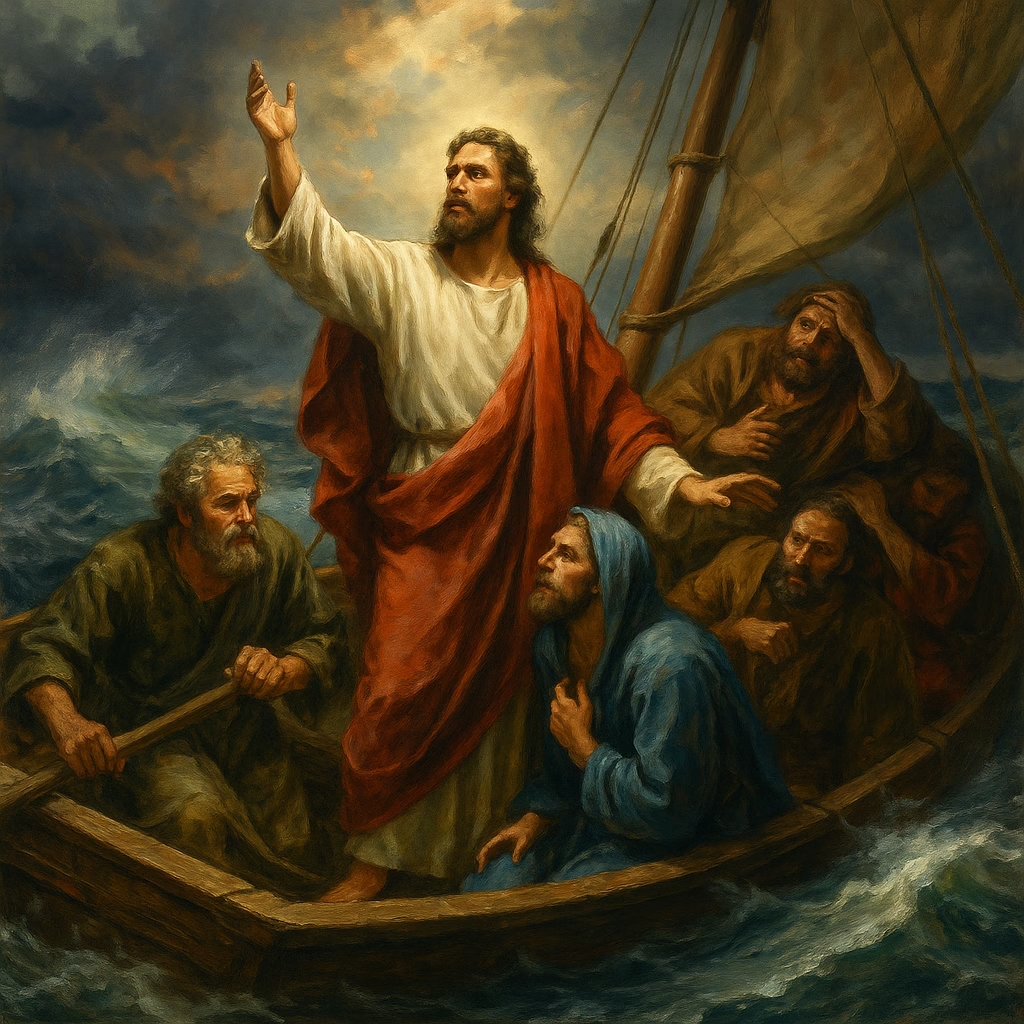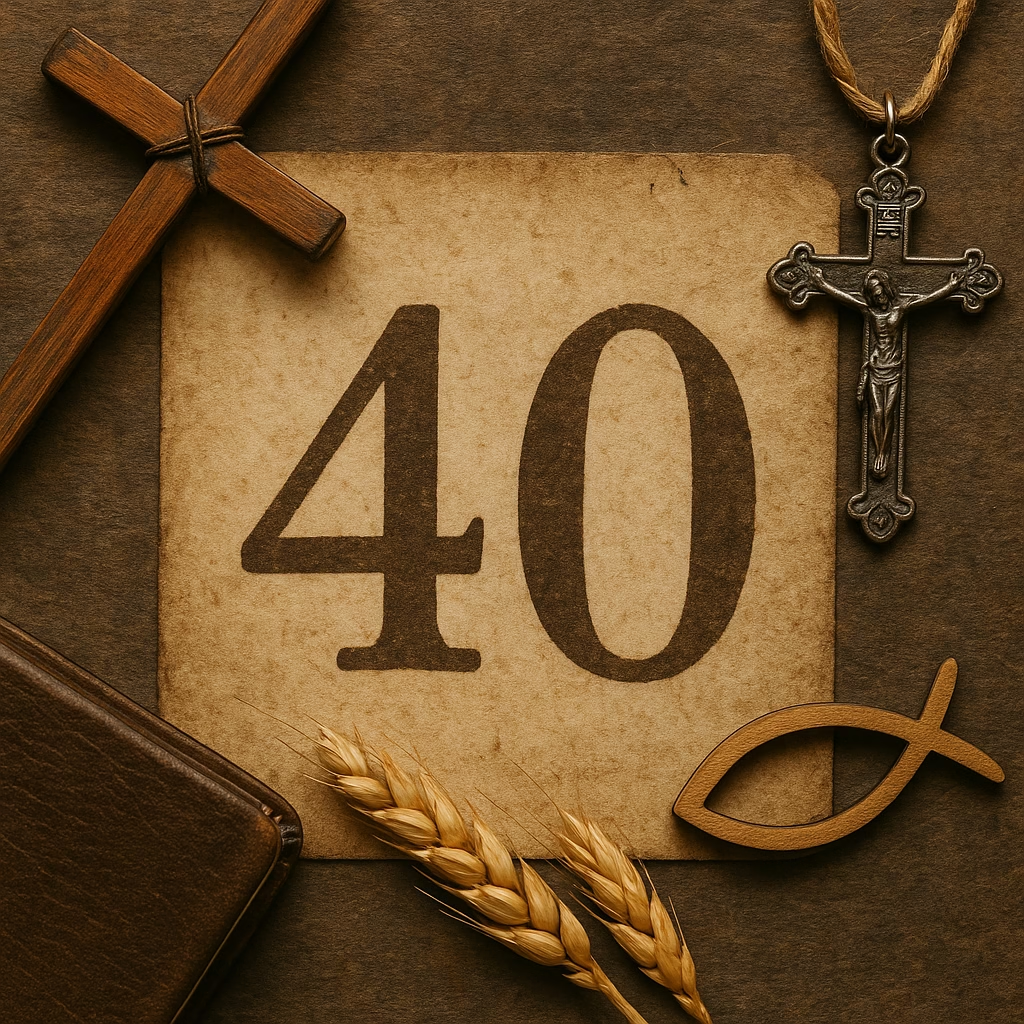The Life, Leadership, and Legacy of the Great Biblical Prophet
Who Was Moses?
He is one of the most revered and pivotal figures in human history. Mentioned more than 700 times in the Bible and frequently referenced in the Qur’an and Torah, Moses is a symbol of faith, courage, leadership, and divine purpose. Known for delivering the Ten Commandments and leading the Israelites out of slavery in Egypt, Moses’s legacy transcends religion and geography, making him one of the foundational figures of Western civilization.
The Early Life
Moses was born during a turbulent time in Egyptian history. The Pharaoh, fearing the growing population of the Hebrews, ordered all male Hebrew infants to be killed. In a desperate act of love and faith, Moses’s mother placed him in a basket and set him afloat on the Nile River.
Pharaoh’s daughter discovered the infant and raised him as her own in the Egyptian royal palace. Moses grew up with the privileges of Egyptian royalty but never forgot his Hebrew identity.
The Calling
Moses fled Egypt after killing an Egyptian who was beating a Hebrew slave. He settled in Midian, married Zipporah, and became a shepherd. One day, while tending his flock, he encountered the Burning Bush – a miraculous sign through which God (Yahweh) called him to lead the Israelites out of bondage.
Initially hesitant and doubtful of his own abilities, he accepted the divine mission after God assured him, “I will be with you.”
Confronting Pharaoh and the Ten Plagues
Returning to Egypt, Moses confronted Pharaoh with a powerful demand: “Let my people go.” Pharaoh refused, leading to a series of ten devastating plagues:
1. Water turned to blood
2. Frogs
3. Gnats
4. Flies
5. Livestock disease
6. Boils
7. Hail
8. Locusts
9. Darkness
10. Death of the firstborn
The final plague broke Pharaoh’s resistance. He allowed the Israelites to leave, sparking the miraculous Exodus.
The Parting of the Red Sea
As the Israelites fled Egypt, Pharaoh’s army pursued them. In one of the most iconic miracles in biblical history, Moses raised his staff and parted the Red Sea, allowing the Israelites to escape. When the Egyptian army followed, the waters returned, drowning them.
This event cemented him as a divine leader and servant of God.
Mount Sinai and the Ten Commandments
At Mount Sinai, Moses received the Ten Commandments, a set of divine laws that became the moral foundation for Judaism, Christianity, and Western legal systems. The commandments included principles like honoring one’s parents, prohibitions against murder and theft, and reverence for God.
He spent 40 days and nights on the mountain, fasting and communing with God.
Trials in the Wilderness
For 40 years, Moses led the Israelites through the desert. They faced hunger, rebellion, idolatry (notably the Golden Calf), and warfare. Despite setbacks, Moses consistently interceded on behalf of the people, showing patience, resilience, and deep spiritual conviction.
The Death
Though he led his people to the border of the Promised Land, Moses was not allowed to enter. He died on Mount Nebo, where he viewed the land from afar. The Bible says God Himself buried Moses, and his grave remains unknown.
Moses in Judaism, Christianity, and Islam
Judaism
Moses is considered the greatest prophet, teacher, and lawgiver. He is traditionally credited with writing the Torah, the first five books of the Hebrew Bible.
Christianity
Moses is seen as a prototype of Jesus Christ. His law was fulfilled by Christ in the New Testament. He appears during the Transfiguration alongside Elijah and Jesus.
Islam
Known as Musa, Moses is one of the most frequently mentioned prophets in the Qur’an. His story parallels that in the Bible and emphasizes his role as a leader and messenger of God.
Leadership Lessons from Moses
He is widely studied not just as a religious figure but also as a leadership model. Key qualities include:
- Humility: Despite his role, Moses was known as “very humble, more than any man.”
- Courage: He confronted Pharaoh, the most powerful man of his time.
- Faith: He led without certainty, trusting in God’s guidance.
- Resilience: He faced constant opposition from within his own people.
Moses’s Enduring Legacy
Moses’s influence is still felt today in:
- Religious texts and traditions
- Legal systems (inspired by the Ten Commandments)
- Literature, art, and film
- Ethical philosophy and political discourse
His story continues to inspire those who seek freedom, justice, and moral clarity.
Is Moses Saint?
🕍 Judaism
Moses is not called a saint, as Judaism doesn’t canonize or venerate saints.
Instead, he is known as the greatest prophet, lawgiver, and the teacher of all Israel (“Moshe Rabbeinu” – Moses our Teacher).
His legacy is central: he is traditionally credited with writing the Torah (first five books of the Bible).
✝️ Christianity
Moses is not usually called “Saint Moses” in Western Christian tradition.
However, he is honored as a prophet and a model of faith.
In Eastern Orthodox Christianity, Moses is referred to as a saint and commemorated as:
“Righteous Prophet Moses the God-seer”
His feast day in the Orthodox Church is September 4.
☪️ Islam
Moses is called Musa (Moses), peace be upon him (PBUH).
He is not considered a saint, but a major prophet – one of the five Ulul Azm (greatest messengers).
He is mentioned more than any other prophet in the Qur’an.
| Religion | Status of Moses |
|---|---|
| Judaism | Greatest prophet, lawgiver |
| Christianity | Prophet; saint in Orthodoxy |
| Islam | Major prophet (Musa PBUH) |
Conclusion
Moses was more than a prophet, he was a liberator, a lawgiver, and a servant of divine will. His journey from the Nile to Mount Sinai, from exile to Exodus, represents the enduring struggle for justice, spiritual truth, and human dignity.
Whether viewed through a religious, historical, or ethical lens, the story of Moses remains as relevant today as it was thousands of years ago.






